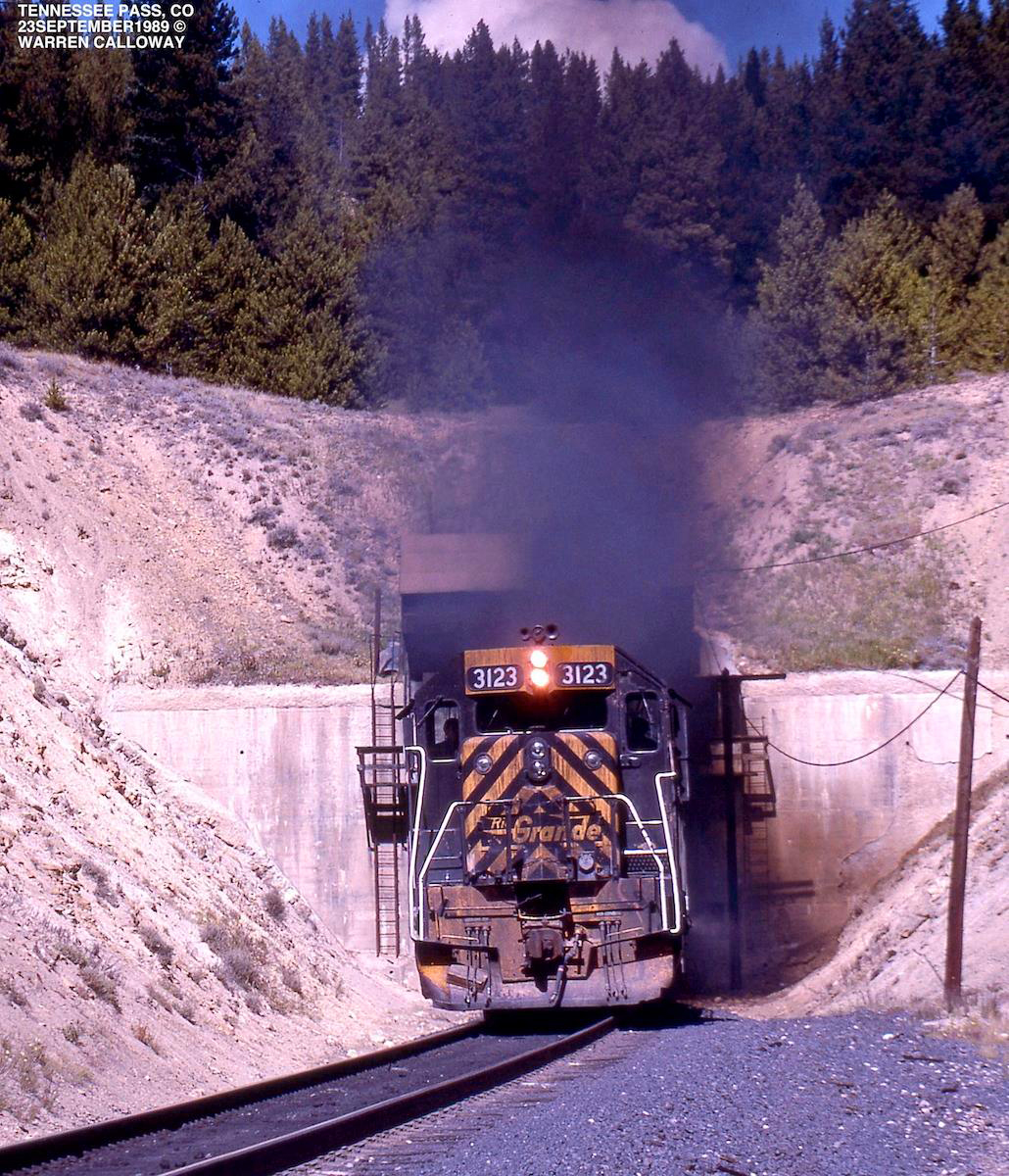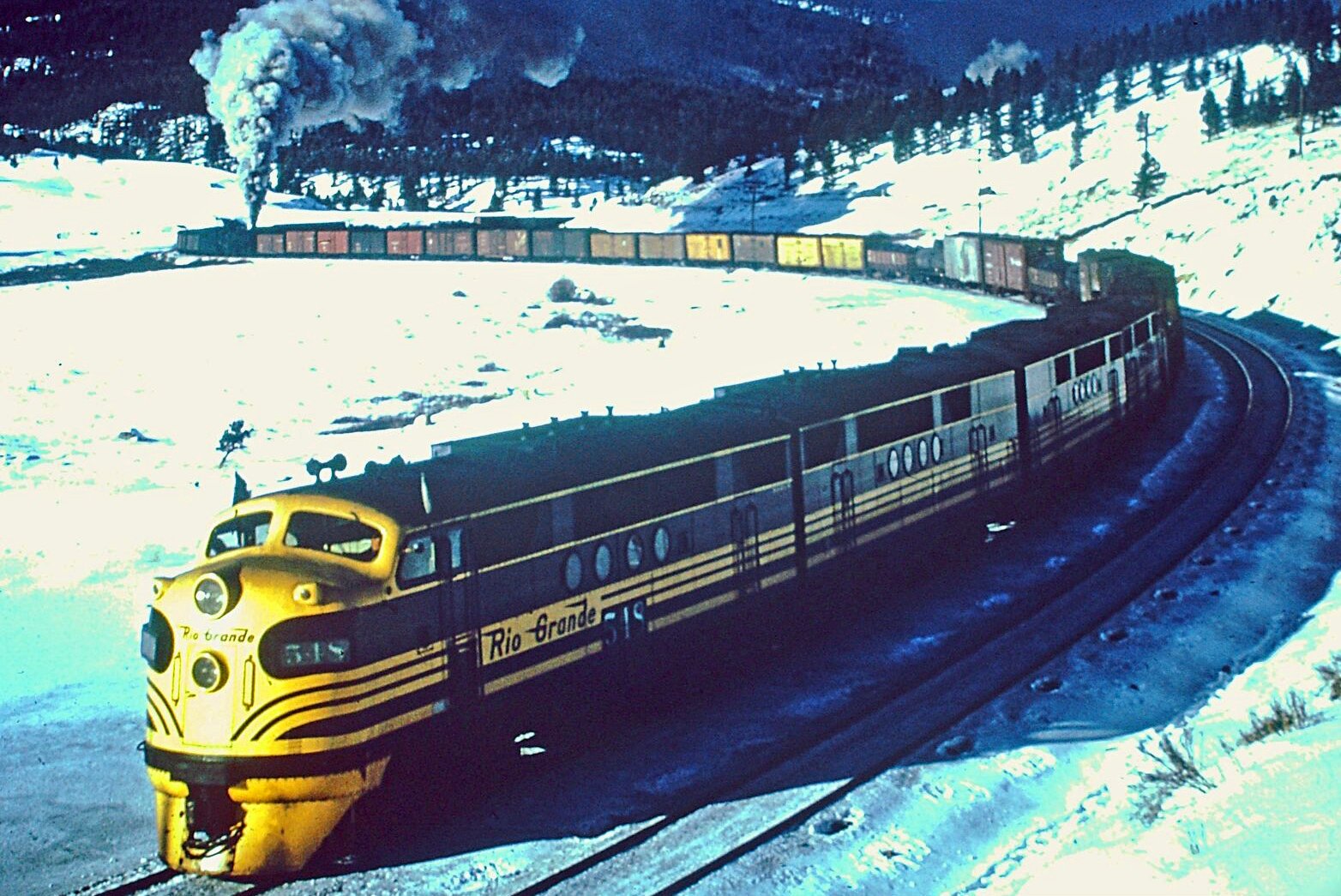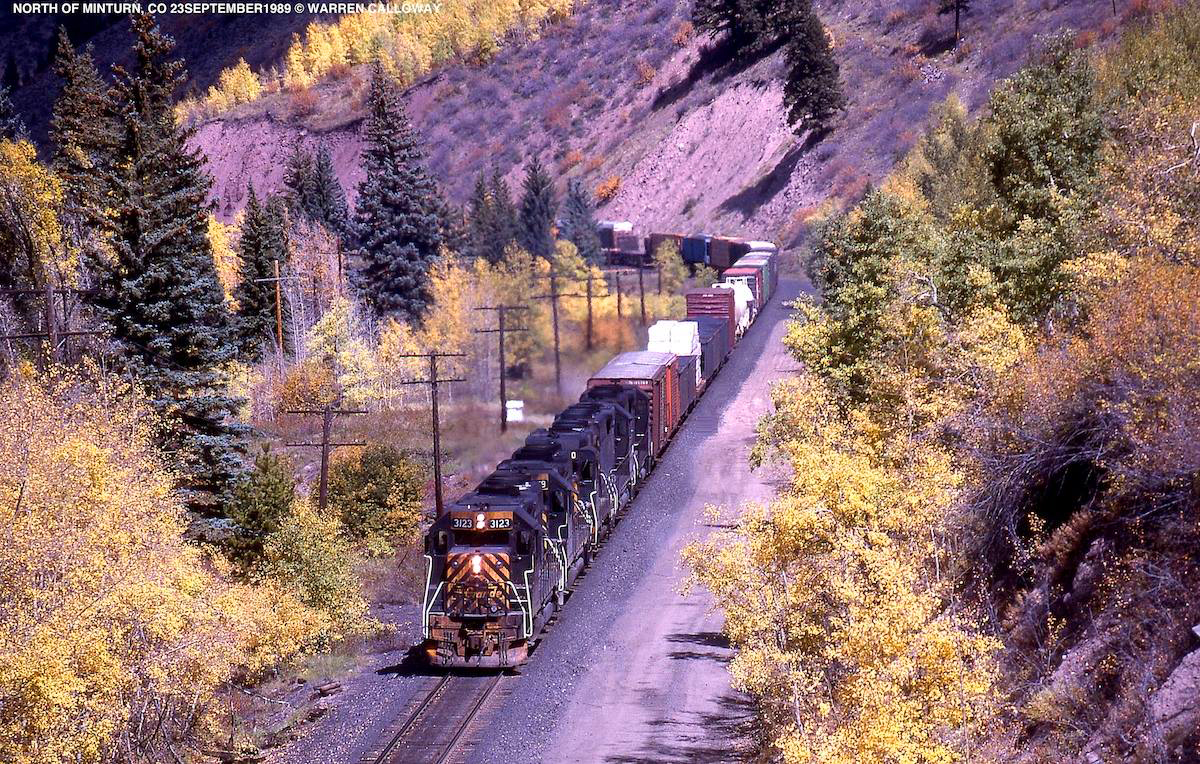There are very few preserved steam locomotives from any of the anthracite roads. Close proximity to each other and relying so heavily on the anthracite mines for income meant that they were among the first lines to hit financial hard times and almost all dieselized early, and they needed the trade-in money from every steam locomotive they could trade in.
Central Railroad of New Jersey has two preserved steam engines. They donated camelback 4-4-2 #592 to the B&O Railroad Museum and 0-6-0 #113 was sold to Philadelphia & Reading Coal & Iron Company in '53 and retired from there in 1960. It sat outside and deteriorated until the 1980s, but has been restored and is now operational. CNJ also fixed up camelback 4-6-0 #774 and ran excursions with it, but refused to donate it to a museum and photographer Don Wood was unable to raise the money in time to save it from the torch. None of their handsome Pacifics, camelback 4-8-0s Mastodons, 4-6-4 commuter tank engines or big Mikados were saved.


Delaware & Hudson put every engine they had to the torch. I don't think there was any thought of preservation. I've never heard of any D&H engines being offered and refused, or engines being accidentally scrapped after being set aside. From their weirdly European Pacifics and Northerns, to their low-speed Wooten firebox equipped 2-8-0s, to their weirdly dainty-looking 4-6-6-4s, every last one of them gone. In the '70s, to celebrate their anniversary, they ended up leasing Reading #2102 and disguising it as D&H #302 for some excursions.
Delaware, Lackawanna & Western preserved two, as I mentioned. The 4-4-0, #952, was donated to St. Louis. The Mogul, #565, was sold to Dansville & Mount Morris, who operated it until they dieselized (with the last GE 44-tonner built) and then bounced around the northeast, between Black River & Western, Morris County Central, New Hope & Ivyland, a restaurant, and eventually ended up back in Scranton through the works of Don Ball Jr. It sits partially disassembled at Steamtown after they started a restoration and then had to stop when they forgot to fill out some important National Parks Service paperwork. It is a thoroughly worn-out engine, many parts went missing amongst all it's past owners and supposedly many parts have been lost or accidentally disposed of at Steamtown. And then there was the aforementioned incident with the attempt to donate a 4-8-4.
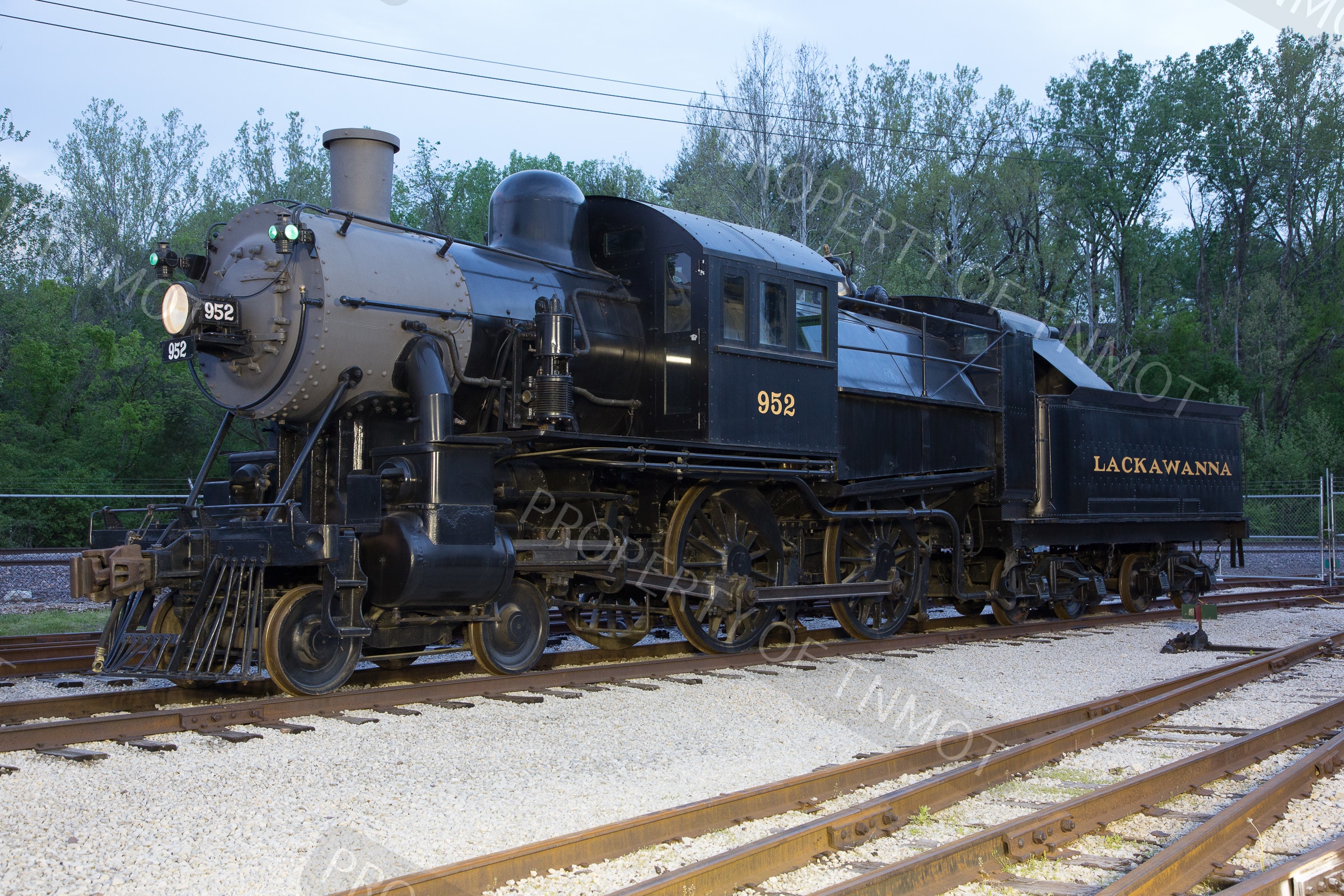
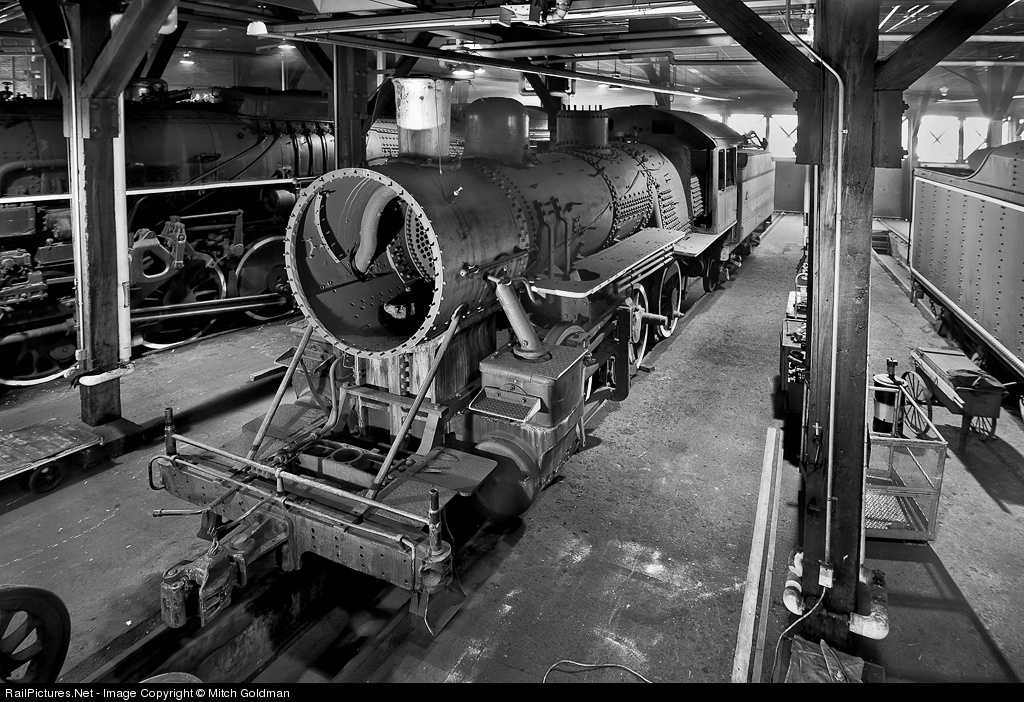
Erie Railroad owned the only camelback articulated engines, a huge fleet of Russian Decapods, a variety of good-looking Pacifics and perfected the fast-freight Berkshire. Nobody called it the Weary Erie any more after those Berskhires showed up. And not a one of them survived. Erie sent one Pacific, #2453, to South Korea after the Korean War to help rebuild. Although many hold out hope it survived, according to a South Korean historian, not only is the Erie engine long gone, so are all the other US steam engines sent over there (there was a number of PRR and C&O 0-6-0s).
Lehigh & Hudson River was a short little bridge line with a relatively small fleet of steam locomotives. But there was variety. They had some heavy Consolidations (the 2-8-0 was a favorite of anthracite lines), some USRA Mikados and even direct copies of Boston & Maine's huge R-1d Mountains. None were saved, all traded in on Alco RS-3s. The L&HR would meet its demise when the Poughkeepsie Bridge mysteriousl burned and severed it's vital connection to the Penn Central.
Lehigh & New England also operated a mix of steam locomotives. Camelback Consolidations, secondhand PRR Mikados (one of very few instances of PRR power showing up on other lines I can find) and some monster Decapods. All that remains is a single 0-6-0, #207 at Illinois Railway Museum. It was built for switching on sharp curves in the streets of Catawissa, NY and the center drivers were originally blind (flangeless). It was later used on dock trackage in Detroit (hence how it ended up in Illinois) and the center drivers now have flanges, however. It's still rather unique, with double swinging firebox doors, a Wooten firebox, automatic lubricators and a front-end throttle.

Lehigh Valley invented a number of important wheel configurations: the 2-8-0 Consolidation, the 2-10-0 Decapod, the 2-8-2 Mikado and the 4-6-2 Pacific were all inventions of the Lehigh Valley. They also owned some truly unusual Camelbacks, in 4-6-2, 2-8-2 and 2-6-2 configurations (most Camelbacks lacked a trailing truck to make room for the big firebox), some freight-only Pacifics and a ton of very modern 4-8-4 "Wyomings". All of them are gone. A small 4-2-4 track inspection locomotive, named Dorothy, was sold off by the LV to a private owner, but then scrapped in a WWII scrap drive. They also tried to donate a 4-8-4 Wyoming to Sayre, PA, where they had their biggest facilities. Sayre turned it down and LV scrapped it instead.
New York, Ontario & Western holds the dubious honor of being the first US Class I railroad to file for abandonment. Poor routing that missed many major population centers but had many bridges and cuts and tunnels, the loss of milk traffic to trucks, being a latecomer to the anthracite fields and getting in bed with the less-profitable mines, and the Oswego port facilities' failure to develop all conspired to bankrupt the line in '35, force it to dieselize very rapidly after WWII, and run it out of business in '57. Like many anthracite roads, they had a sizable amount of camelback 2-8-0s, 2-6-0s and 4-6-0s, as well as some big and unloved rear-cab 2-10-2 "Bullmooses" and some rather nice light Mountains, including the Y-2 class, which were a direct-copy of a NYC L-2 Mohawk. Five Y-1 Mountains were sold to Savannah & Atlanta but scrapped rather shortly after. Five Y-2 Mountains were sold to Bangor & Aroostook, but again, all were scrapped within a short time. The only NYO&W engine that could possibly still exist is #109, a 2-6-0 Camelback built at the Rome Locomotive Works in Rome, NY. At some point it was shipped to Cuba, along with 3 RF&P locomotives. It's been a long time since anyone has seen or heard of it though, so it likely does not exist anymore, sadly.
Reading is the only anthracite road to preserve large, modern road power, with four of their T-1 4-8-4s (rebuilt from older I-10sa Consolidations during WWII). Like other anthracite roads, they had big Wooten firebox locomotives; 2-8-0s, 2-8-8-0s, 2-10-0s. They also built some monster 2-10-2s out of their old articulated engines, and ordered the last 4-6-2s in the US. They had some real throughbred flier 4-4-2 camelbacks as well. There are 4 Reading T-1s, #2100, #2101, #2102 and #2124, preserved, with two being restored to operation, one doomed to never operate again due to severe fire damage and the other nicely cosmetically displayed at Steamtown. There is also 0-4-0 camelback #1187, formerly at Strasburg and now at Age of Steam Roundhouse with a possible operational restoration in the future, and shop switcher 0-6-0T #1251, the last steam locomotive to operate on a US Class I line. A 2-2-2 inspection locomotive, the Black Diamond, is at St. Louis, and an 1838 Englis-built 0-4-0, the Rocket, is at the Franklin Institute.






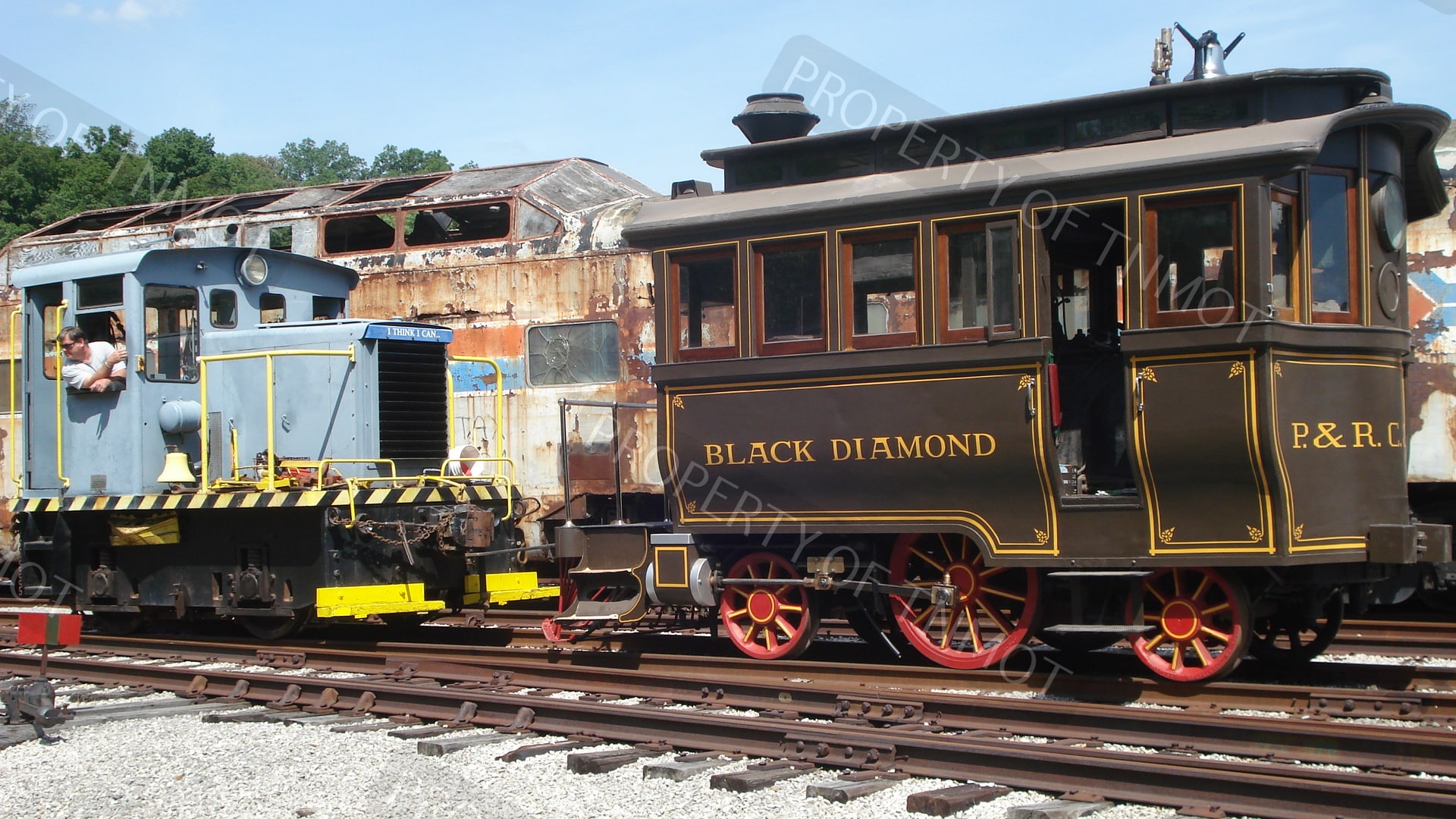































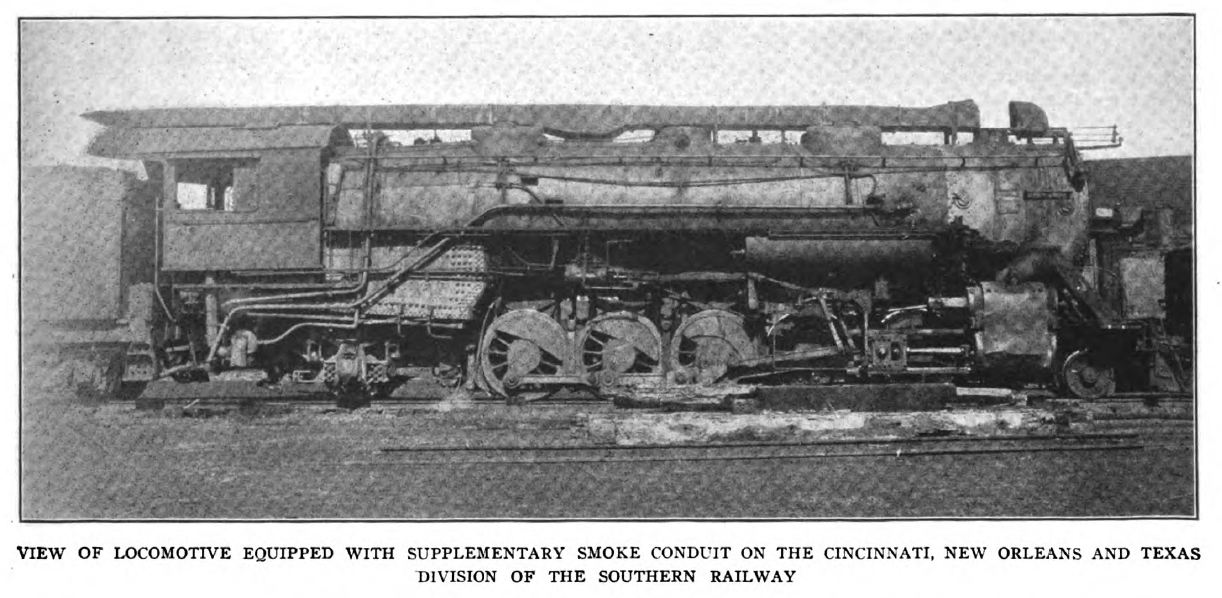


 My dad's tea cup.
My dad's tea cup. 



